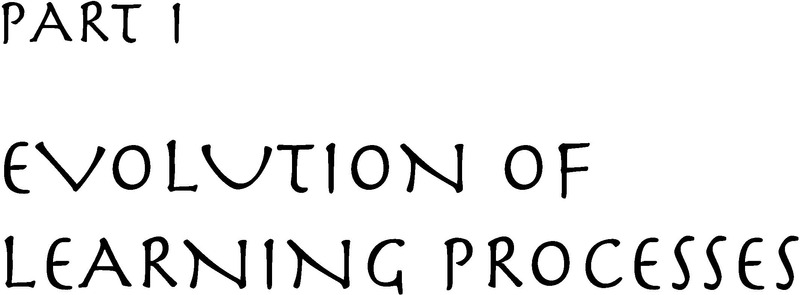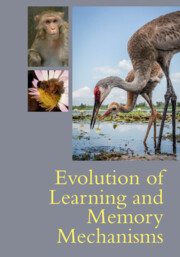Part I - Evolution of Learning Processes
Published online by Cambridge University Press: 26 May 2022
Summary

- Type
- Chapter
- Information
- Evolution of Learning and Memory Mechanisms , pp. 13 - 282Publisher: Cambridge University PressPrint publication year: 2022



